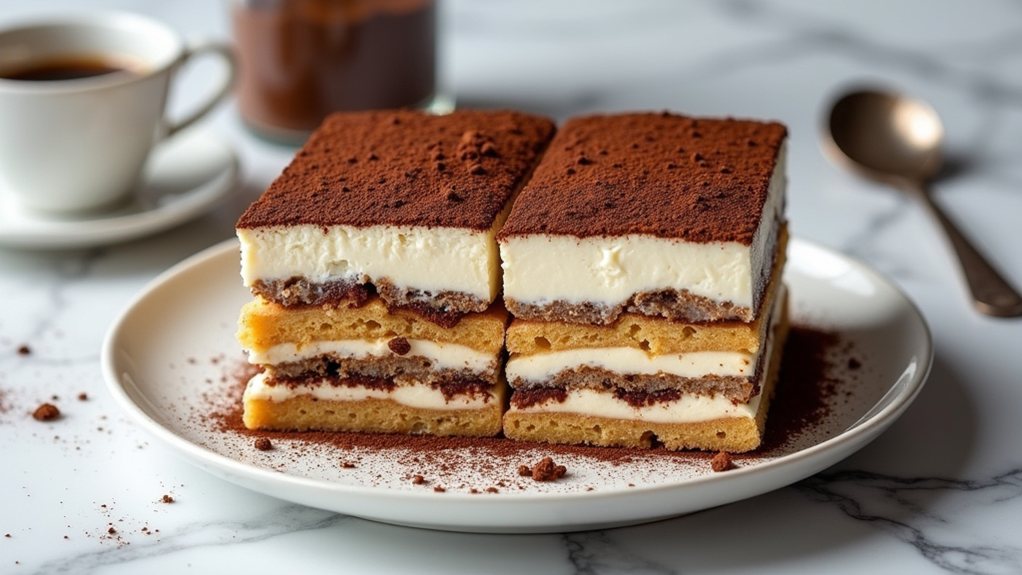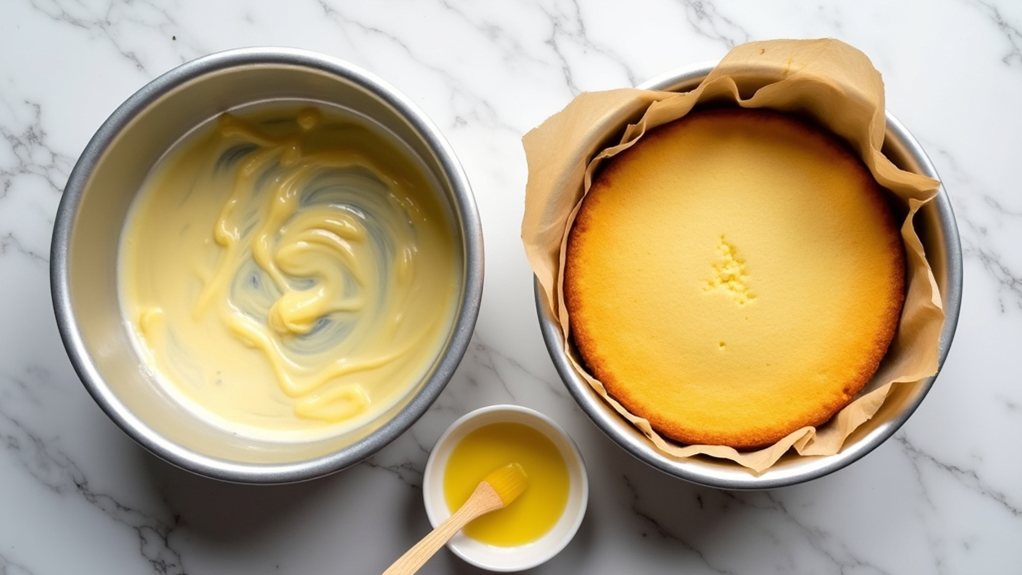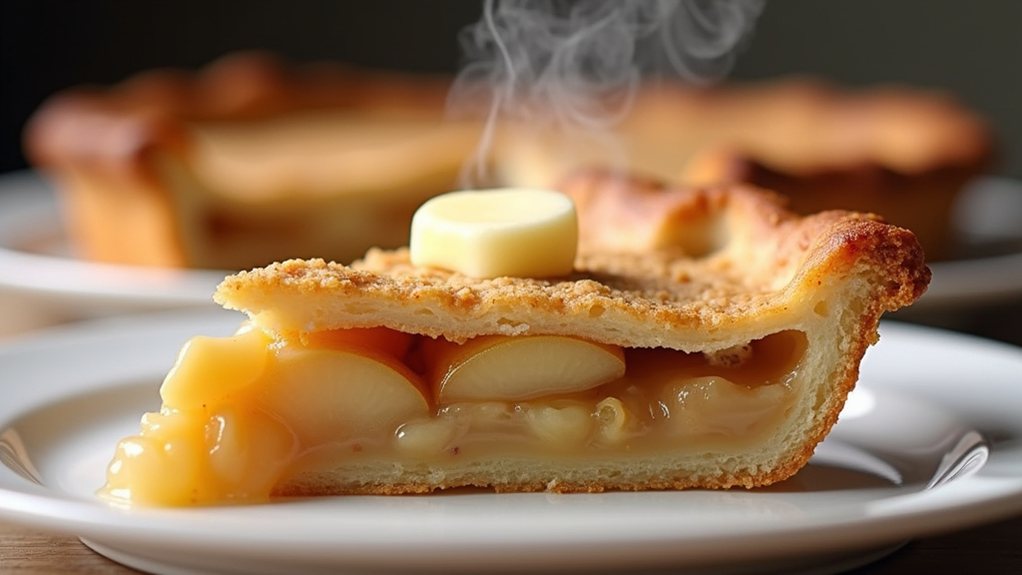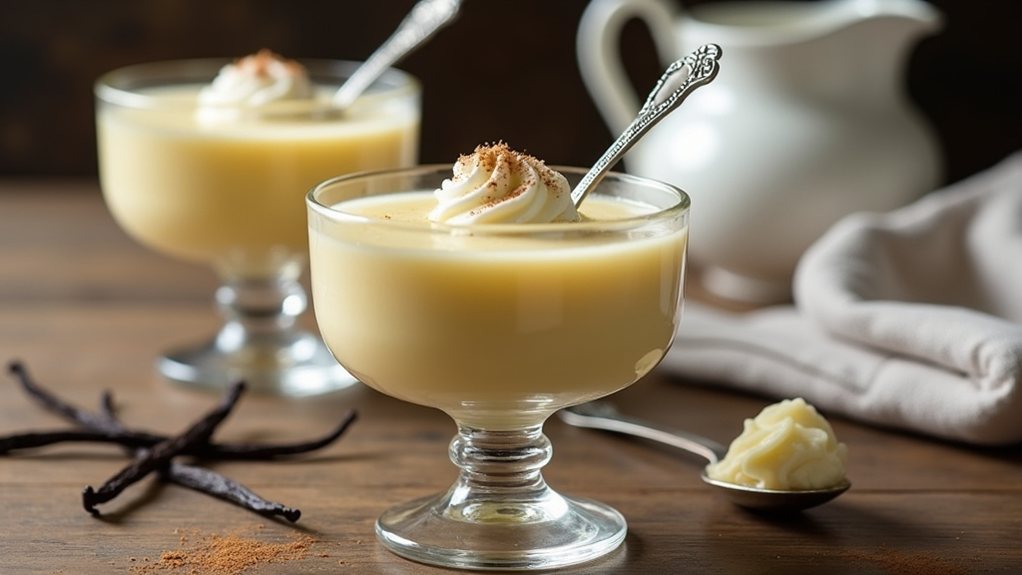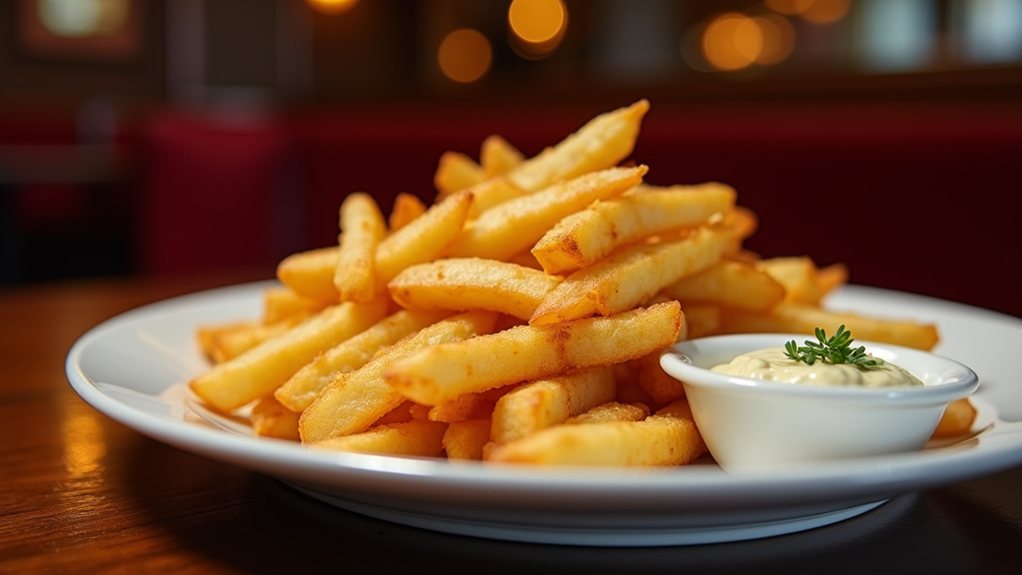Tiramisu, the beloved Italian dessert, falls victim to a surprisingly common shortcut in many home kitchens. Countless recipes suggest using instant coffee powder as a convenient alternative to freshly brewed espresso, a substitution that experts consider catastrophic for authentic flavor development. The rich complexity and robust character of real espresso simply cannot be replicated by its powdered counterpart. While the time-saving appeal is understandable, this particular compromise transforms what should be a sophisticated culinary experience into something noticeably ordinary. The true secret lies elsewhere.
The Coffee Conundrum: Why Instant Is Never Enough
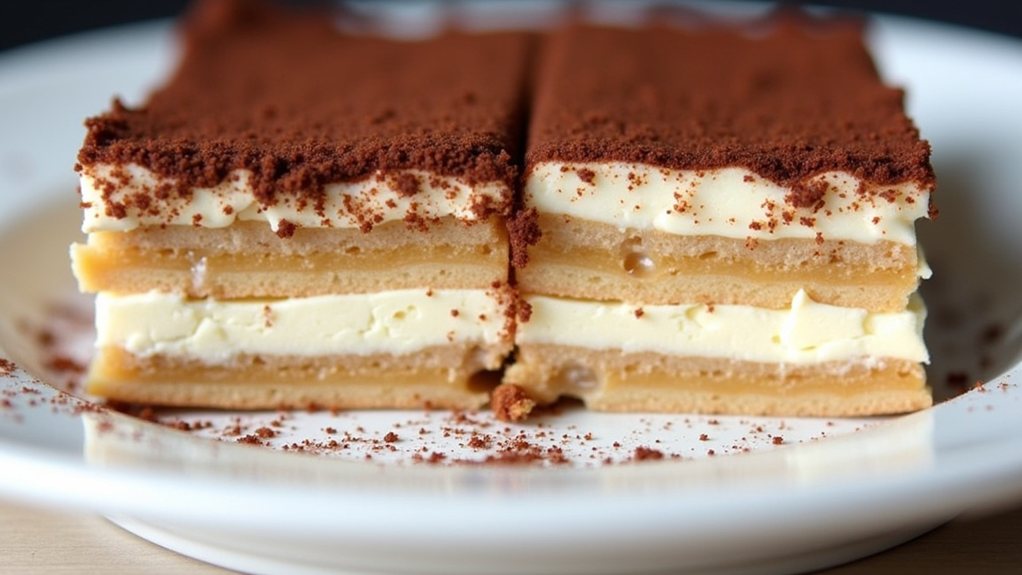
While perfecting the beloved Italian dessert tiramisu can seem intimidating to home bakers, understanding a few key techniques can transform this classic treat from mediocre to magnificent. One particularly problematic trend among home cooks is the use of instant coffee, a shortcut that might save time but ultimately compromises the dessert's fundamental character.
Professional pastry chefs consistently emphasize that quality coffee forms the backbone of exceptional tiramisu. Instant coffee lacks the depth, complexity, and richness that properly brewed espresso or strong coffee brings to this layered dessert. When ladyfingers absorb weak coffee flavors, the entire dessert suffers, resulting in a flat taste profile that fails to deliver the characteristic boldness that makes tiramisu special. Freshly brewed espresso is essential for creating an authentic flavor profile that honors this classic Italian dessert's origins.
The secret to authentic tiramisu lies in properly brewed espresso, never instant coffee substitutes that diminish its signature bold character.
Another troublesome hack involves improper handling of mascarpone cheese. Many home bakers, enthusiastic to achieve a light texture, over-whip this delicate cheese, unknowingly transforming it from silky smooth to grainy and separated. Similar to the convenience but disappointing results from pressure cooker shortcuts, taking the easy way out often leads to inferior outcomes. The result is a cream layer that looks curdled rather than luxuriously smooth. Proper technique requires gentle folding and limited mixing to maintain the cheese's natural creaminess. The quality of mascarpone itself is equally important, as inferior mascarpone brands can compromise the entire dessert regardless of technique.
The soaking technique for ladyfingers represents another vital element where shortcuts often lead to disaster. A quick dip, lasting just one moment per side, provides the ideal moisture without creating a soggy mess. Many recipes suggesting longer soaking times inadvertently lead to structural collapse when the dessert is served, causing disappointment after hours of preparation.
Temperature control, often overlooked, greatly impacts tiramisu quality. Using cold mascarpone straight from the refrigerator can prevent proper incorporation with other ingredients, while eggs should be at room temperature for best mixing. Likewise, hot coffee can prematurely soften ladyfingers, creating an unappetizing mushiness throughout the dessert. Just as with summer picnics where food must remain out of the danger zone temperatures, tiramisu ingredients require careful temperature management for optimal results.
Perhaps the most underrated factor in tiramisu preparation is patience during the chilling process. The popular hack of serving tiramisu after minimal refrigeration robs the dessert of its perfect setting time. For flavors to properly meld and textures to stabilize, a minimum six-hour chilling period proves vital, with overnight refrigeration delivering truly exceptional results.
